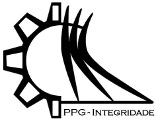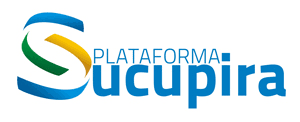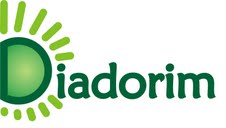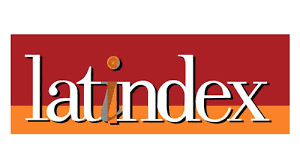EFFECTS OF TOWER AND BLADES PRE-STIFFENING ON THE NATURAL FREQUENCIES OF THE DTU 10MW REFERENCE WIND TURBINE
Keywords:
Wind Turbines, Modal Analysis, Finite Element Method, Pre-StiffeningAbstract
Modal analysis of horizontal axis wind turbines is becoming more important due to the increase in blade and tower dimensions, making the whole assembly more flexible and susceptible to vibration problems. Due to the slender characteristics of the blade and tower, they are typically modelled as cantilever beams, with the aid of the Finite Element Method. The objective of this paper is to investigate the natural frequencies of the DTU 10MW Reference Wind Turbine (composed of three blades and the tower) under the influence of tower and blades pre-stiffening. Tower pre-stiffening is due to the significant weight of the blades and the hub supported by the tower, resulting in tower compression loads. Blades pre-stiffening are due to the centrifugal loads acting on the rotating blades, thus depending on the rotation speed. The results are computed using the commercial software Altair® HyperWorks® and compared to the baseline results provided by the literature. It was found a maximum reduction of about 2% in the natural frequencies due to the tower pre-stiffening (for the 1st and 2nd modes) and maximum reductions varying from about 7% to 21% due to blades pre-stiffening (for the 1st mode), considering the minimum and maximum operational rotation speeds.
References
Alkhoury, P., Soubra, A., Rey, V., Aït-ahmed, M., A Full Three-Dimensional Model for the Estimation of the Natural Frequencies of an Offshore Wind Turbine in Sand. Wind Energy, Wiley, 2020. 22 p. Disponível em: < https://hal.archives-ouvertes.fr/hal-03082852/document >.
Anonymous, MSC Nastran 2013.1 Quick Reference Guide, MSC Software, 2013.
Bak, C. et al. Description of the DTU 10 MW Reference Wind Turbine. DTU Wind Energy Report-I-0092, 2013. 138 p.
Burton, T., Sharpe, D., Jenkins, N., Bossanyi, E., Wind Energy Handbook. 1. ed. Londres: John Wiley & Sons, 2001. 609p.
Popko, W. et al. IWES Wind Turbine IWT-7.5-164 Rev 4. Fraunhofer Institute for Wind Energy Systems IWES, Bremerhaven, 2018. Disponível em: <https://publica.fraunhofer.de/eprints/urn_nbn_de_0011-n-5185624.pdf>. Acesso em: 20 de out. de 2021.
Santos, J.P.T.P., Begnini, G.R., Comparison of the natural frequencies of a reference wind turbine blade using the finite element method with Euler-Bernoulli and Timoshenko beam formulations, XLI Ibero-Latin-American Congress on Computational Methods in Engineering (CILAMCE), 2020.
Santos, J.P.T.P., Pereira, L.M., Alves, M.T.S., Begnini, G.R., Comparison between finite element method and Myklestad’s method to identify the blade flexural natural frequencies of the DTU 10 MW reference wind turbine, XXIII ENMC – Encontro Nacional de Modelagem Computacional, 2020.
Downloads
Published
Issue
Section
License
Copyright (c) 2023 Revista Interdisciplinar de Pesquisa em Engenharia

This work is licensed under a Creative Commons Attribution-NoDerivatives 4.0 International License.
Given the public access policy of the journal, the use of the published texts is free, with the obligation of recognizing the original authorship and the first publication in this journal. The authors of the published contributions are entirely and exclusively responsible for their contents.
1. The authors authorize the publication of the article in this journal.
2. The authors guarantee that the contribution is original, and take full responsibility for its content in case of impugnation by third parties.
3. The authors guarantee that the contribution is not under evaluation in another journal.
4. The authors keep the copyright and convey to the journal the right of first publication, the work being licensed under a Creative Commons Attribution License-BY.
5. The authors are allowed and stimulated to publicize and distribute their work on-line after the publication in the journal.
6. The authors of the approved works authorize the journal to distribute their content, after publication, for reproduction in content indexes, virtual libraries and similars.
7. The editors reserve the right to make adjustments to the text and to adequate the article to the editorial rules of the journal.









